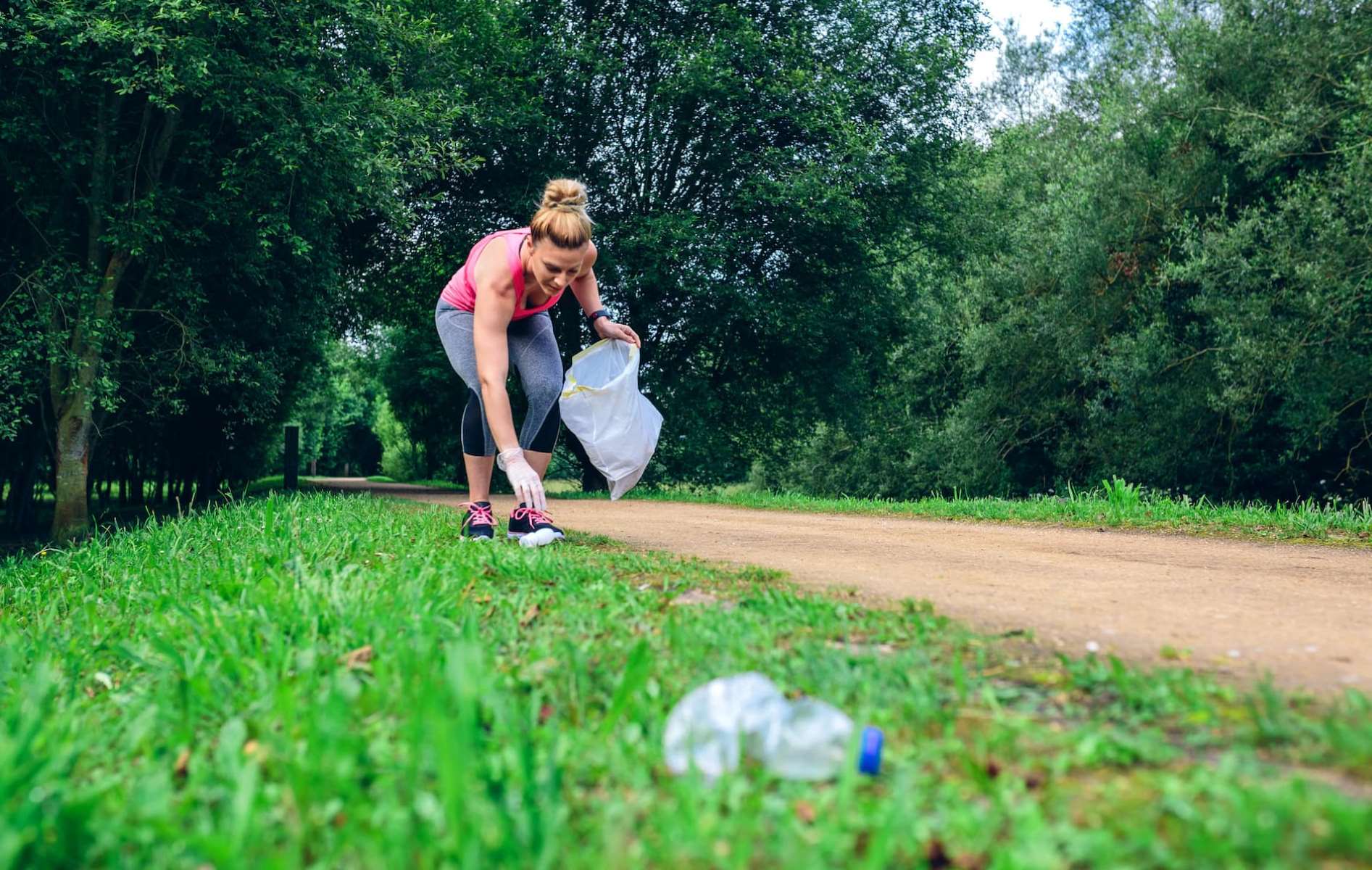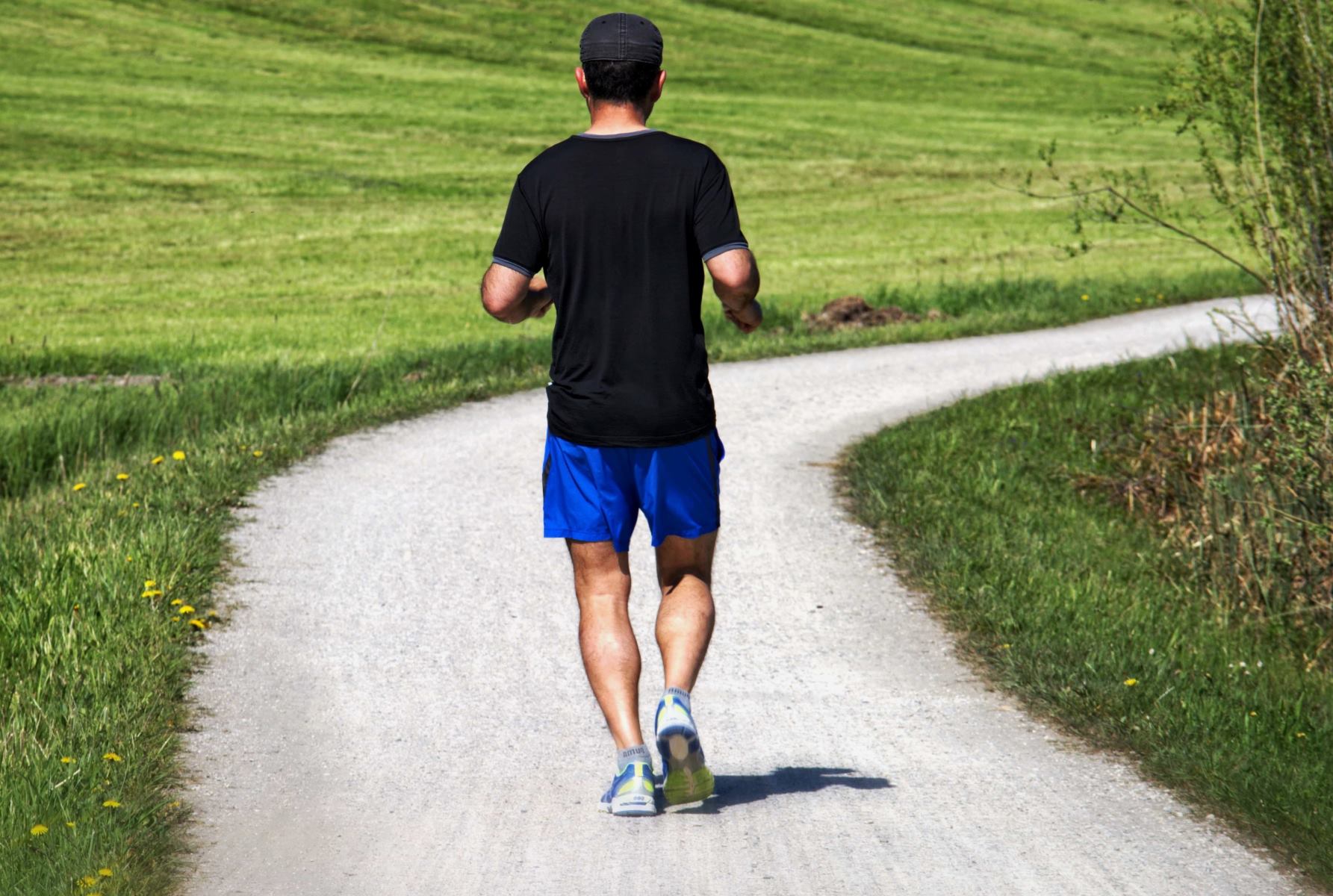Home>Community & Lifestyle>Plogging: The Trendy Running Craze That’s Helping The Environment


Community & Lifestyle
Plogging: The Trendy Running Craze That’s Helping The Environment
Published: February 20, 2024
Discover the latest community and lifestyle trend of plogging, a fun and eco-friendly activity that combines running with picking up litter. Join the movement and make a positive impact on the environment while staying active!
(Many of the links in this article redirect to a specific reviewed product. Your purchase of these products through affiliate links helps to generate commission for Therunningadvisor.com, at no extra cost. Learn more)
Table of Contents
What is Plogging?
Plogging is not just a fitness trend; it's a movement that's sweeping the globe. This innovative activity combines jogging or running with picking up litter, making it a powerful way to exercise both the body and the environment. The term "plogging" originated in Sweden, where it is a combination of the words "plocka upp" (which means "pick up") and "jogging." What sets plogging apart from traditional running is its emphasis on environmental stewardship. Participants don't just focus on their physical health; they also actively contribute to the cleanliness of their communities.
Plogging is more than just a passing fad; it's a lifestyle choice that promotes sustainability and community involvement. As ploggers traverse their running routes, they bend down to collect litter, such as plastic bottles, wrappers, and other debris, and dispose of it properly. This simple act not only beautifies the surroundings but also helps to reduce the environmental impact of waste.
The concept of plogging has gained widespread attention due to its dual benefits. Not only does it provide a full-body workout by incorporating frequent squatting and bending movements, but it also fosters a sense of responsibility towards the environment. Ploggers often describe the activity as a form of "exercise with a purpose," as it allows them to actively contribute to the well-being of their local ecosystems while staying fit.
Plogging has evolved into a social and communal activity, with groups and clubs organizing plogging events in various neighborhoods. These gatherings not only promote physical activity and environmental consciousness but also foster a sense of camaraderie among participants. The shared goal of making a positive impact on the environment creates a strong sense of unity and purpose within the plogging community.
In essence, plogging is a holistic approach to personal well-being and environmental sustainability. By combining exercise with environmental stewardship, ploggers are not only improving their own health but also making a tangible difference in their communities. This unique activity has transcended borders and is now embraced by individuals and groups worldwide, highlighting its potential to effect positive change on a global scale.
Read more: Can Running Help Reduce Anxiety?
The Benefits of Plogging
Plogging offers a myriad of benefits that extend beyond individual fitness, making it a compelling and impactful activity for both participants and the environment. Here are some of the notable advantages of embracing the plogging movement:
-
Physical Fitness: Plogging provides a dynamic full-body workout that engages various muscle groups. The combination of jogging and intermittent squatting or bending to pick up litter enhances cardiovascular endurance, strengthens the lower body, and improves overall flexibility. This multifaceted exercise routine contributes to enhanced physical fitness and stamina, making it an appealing option for individuals seeking an invigorating and effective workout.
-
Environmental Impact: By actively removing litter from public spaces, ploggers play a direct role in mitigating environmental pollution. The act of collecting and properly disposing of waste not only beautifies the surroundings but also prevents harmful materials from entering ecosystems, waterways, and wildlife habitats. This proactive approach to environmental conservation fosters a sense of responsibility and stewardship, empowering individuals to contribute to a cleaner and healthier planet.
-
Community Engagement: Plogging serves as a catalyst for community involvement and social cohesion. As participants unite in their efforts to improve the cleanliness of their neighborhoods, a sense of camaraderie and shared purpose emerges. This communal aspect of plogging fosters a strong sense of belonging and encourages teamwork, as individuals come together to make a tangible and positive impact on their local environment.
-
Mental Well-being: Engaging in plogging can have positive effects on mental health. The combination of physical activity and environmental contribution can reduce stress, elevate mood, and enhance overall well-being. The sense of accomplishment derived from actively participating in environmental conservation efforts can instill a profound sense of fulfillment and purpose, contributing to a positive mindset and emotional resilience.
-
Sustainable Mindset: Plogging cultivates a sustainable mindset and promotes eco-conscious behavior. By actively engaging in the responsible disposal of litter, individuals develop a heightened awareness of the impact of waste on the environment. This heightened awareness often extends beyond plogging activities, leading participants to adopt more sustainable practices in their daily lives, such as reducing single-use plastics and advocating for environmentally friendly initiatives.
-
Global Impact: The collective efforts of ploggers worldwide have the potential to effect significant change on a global scale. By promoting environmental awareness and action, plogging transcends geographical boundaries and unites individuals in a shared commitment to preserving the planet. This global impact underscores the transformative power of plogging as a vehicle for positive environmental change.
In essence, the benefits of plogging extend far beyond individual fitness, encompassing environmental, social, and global dimensions. By embracing this innovative activity, individuals not only improve their physical well-being but also contribute to a cleaner, more sustainable world, making a meaningful and lasting impact.
How to Get Started with Plogging
Getting started with plogging is an exciting and straightforward process that requires minimal equipment and a willingness to make a positive impact on the environment. Whether you're an avid runner or someone looking to integrate fitness with environmental stewardship, plogging offers a refreshing and purposeful approach to staying active. Here's a comprehensive guide to help you embark on your plogging journey:
1. Gear Up:
Before heading out for your first plogging session, ensure that you have the appropriate gear. Comfortable running shoes, moisture-wicking clothing, and lightweight gloves are essential for a comfortable and hygienic experience. Additionally, consider carrying a reusable bag or a dedicated litter-picking tool to collect and contain the litter you encounter during your run.
2. Choose Your Route:
Select a route for your plogging session, keeping in mind the accessibility of public spaces and the prevalence of litter. Urban parks, jogging trails, and beachfronts are popular plogging locations due to the likelihood of encountering litter in these areas. It's advisable to start with a familiar route to gauge the feasibility of incorporating plogging into your regular running routine.
Read more: Can Running Help In Burning Fat?
3. Warm-Up and Stretch:
Prior to commencing your plogging session, engage in a brief warm-up routine to prepare your muscles for the physical demands of jogging and intermittent squatting. Dynamic stretches targeting the lower body, such as lunges and leg swings, can help prevent injuries and optimize your performance during the activity.
4. Embrace Safety Measures:
While plogging, prioritize safety by remaining vigilant of your surroundings and adhering to traffic regulations if running in urban areas. Be mindful of your footing and maintain a steady pace to facilitate the seamless transition between jogging and picking up litter. Additionally, ensure that you dispose of collected litter in designated waste receptacles to uphold hygiene and environmental standards.
5. Engage Mindfully:
As you embark on your plogging journey, approach the activity with mindfulness and a sense of purpose. Stay attuned to the environment, and as you jog, pause to pick up litter using proper lifting techniques to avoid strain. Embrace the opportunity to connect with your surroundings and contribute to the cleanliness of the community.
6. Reflect and Share:
Upon completing your plogging session, take a moment to reflect on the impact of your efforts. Consider sharing your plogging experience with friends, family, or on social media to inspire others to join the movement. By sharing your journey, you can amplify the reach and influence of plogging, encouraging others to embrace this meaningful and rewarding activity.
By following these steps, you can seamlessly integrate plogging into your fitness routine and embark on a fulfilling journey of physical activity and environmental advocacy. Embrace the spirit of plogging, and let your strides make a difference in the world around you.
Read more: Does Running Help You Achieve Abs?
Plogging: A Fun Way to Make a Difference
Plogging transcends the conventional notion of exercise by infusing physical activity with a profound sense of purpose and environmental responsibility. This innovative approach to fitness not only promotes individual well-being but also fosters a collective commitment to environmental stewardship. As ploggers traverse their running routes, they actively engage in the restoration and preservation of their local ecosystems, making a tangible and positive impact on the environment.
The essence of plogging lies in its ability to transform routine exercise into a meaningful and communal endeavor. By combining the invigorating elements of jogging with the altruistic act of picking up litter, ploggers embrace a holistic approach to personal fitness and environmental conservation. This unique fusion of physical exertion and environmental mindfulness creates a dynamic and fulfilling experience that resonates with individuals seeking to make a difference in their communities.
One of the defining characteristics of plogging is its inclusive and accessible nature. Participants of all ages and fitness levels can partake in this activity, making it a versatile and engaging pursuit for individuals and families alike. The simplicity of plogging, coupled with its far-reaching impact, has contributed to its widespread adoption as a fun and purposeful way to stay active while contributing to the well-being of the planet.
Moreover, plogging serves as a catalyst for social connection and community engagement. As ploggers unite in their efforts to enhance the cleanliness of their surroundings, a sense of camaraderie and shared purpose emerges. This communal aspect of plogging fosters a strong sense of belonging and encourages teamwork, as individuals come together to make a tangible and positive impact on their local environment.
Beyond the immediate physical and environmental benefits, plogging cultivates a sense of empowerment and fulfillment. The act of actively contributing to the cleanliness of public spaces instills a profound sense of accomplishment and purpose in participants. This sense of fulfillment extends beyond the individual level, permeating communities and inspiring others to embrace the plogging movement, thereby amplifying its impact and reach.
In essence, plogging represents a paradigm shift in the realm of fitness and environmental consciousness. It embodies the notion that individual actions, no matter how small, can collectively lead to significant and transformative change. By embracing plogging as a fun and purposeful way to make a difference, individuals not only elevate their own well-being but also contribute to the creation of cleaner, healthier, and more vibrant communities for generations to come.














